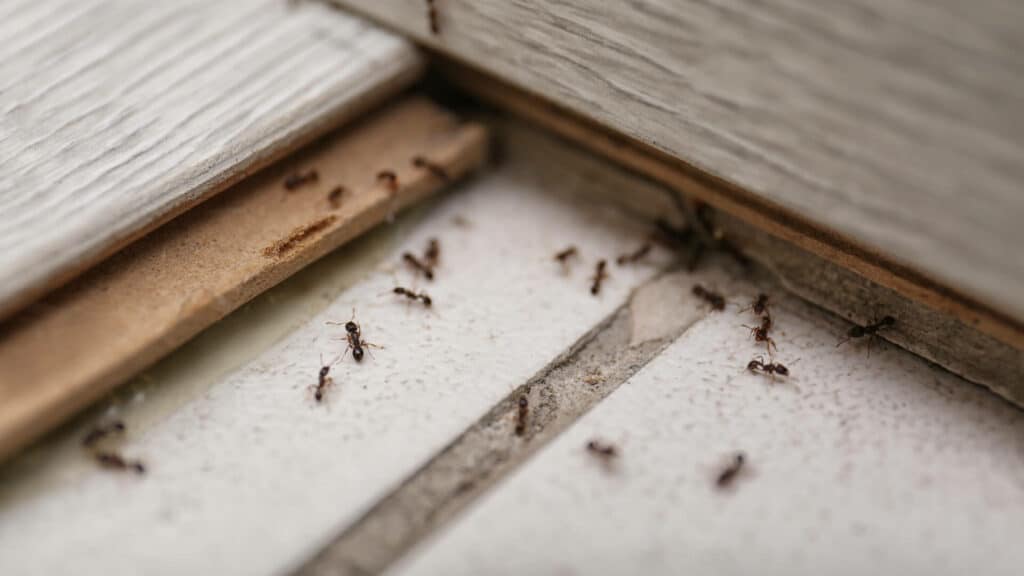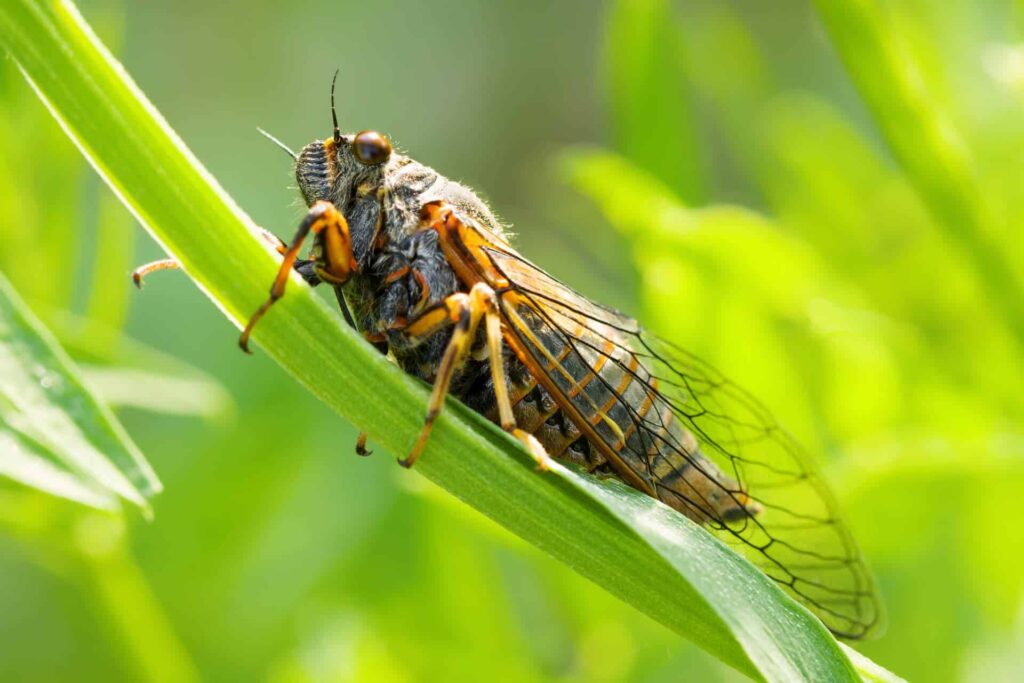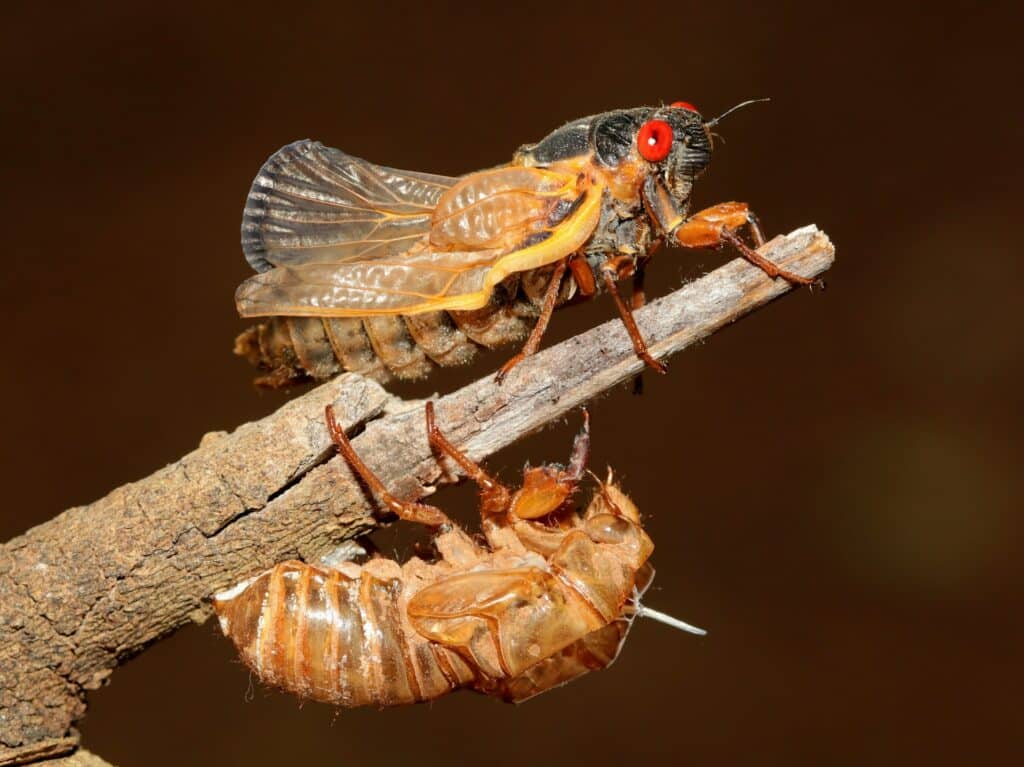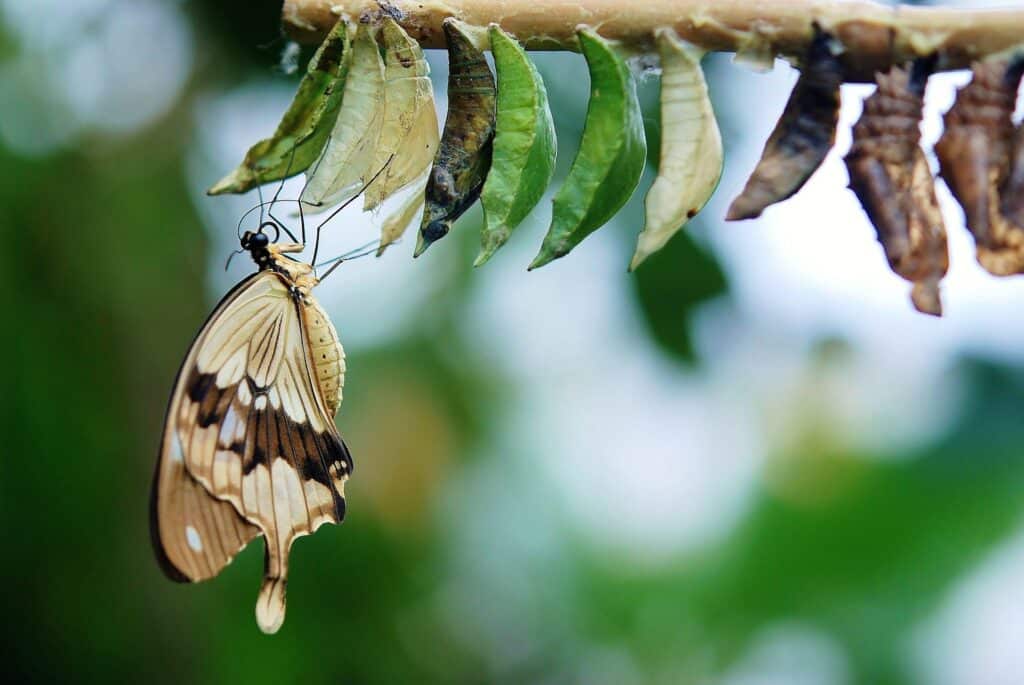Termite mud tubes are one of the most visible and concerning signs of a termite infestation. If you spot these distinctive structures on your walls, foundation, or wooden surfaces, you may already have an active termite problem in your home. Understanding what these tubes look like and why termites build them can help you quickly assess the risk to your property and take appropriate action before significant damage occurs.
What Are Termite Mud Tubes?
Termites construct mud tubes as protective tunnels that serve several critical purposes in their survival. These small, dirt-like structures are carefully crafted from a mixture of soil, tiny wood particles, and termite saliva. The tubes create essential pathways that allow termites to travel between their underground nests and the wooden structures they feed on without exposing themselves to predators or dry conditions that could be fatal to them.
These mud tubes help termites maintain the moisture levels they need to survive and shield them from environmental threats they would face in the open air. If you discover these structures on or around your home, it typically indicates that active termites are currently using them as highways to reach wood inside or around your property.
Where You Might Find Mud Tubes
Here are some areas in your home where you are most likely to find termite mud tubes.
Foundation Walls
Mud tubes are most commonly found along concrete foundations of homes and buildings. Subterranean termites build these pathways specifically to bypass non-wood surfaces and reach the wooden framing or supports of your structure. You’ll often find them climbing vertically up foundation walls, appearing as thin, brown pathways about the width of a pencil.
Basement and Crawl Spaces
Dark, undisturbed areas like basements and crawl spaces provide ideal conditions for termites to build and maintain their mud tubes without interruption. When inspecting these areas, pay special attention to walls, areas near wooden beams, and spaces around utility entrances where pipes or wires enter your home, as these are common entry points.
Wooden Surfaces
If termites are actively infesting wooden structures in your home, you might find mud tubes running along the surface of the wood itself. These tubes allow termites to tunnel directly into the material while still maintaining the protective environment they need. Check exposed wooden beams, floor joists, and wooden furniture that sits directly on the floor for these signs of activity.
Exterior Walls and Landscaping
Don’t limit your inspection to indoor areas—mud tubes can also appear on outdoor surfaces, including fences, tree stumps, and exterior siding. Termites use these structures to extend their reach from underground colonies to new food sources around your property. Pay particular attention to areas where soil meets wood, as these are prime entry points for termites.
Different Types of Termite Mud Tubes
Here are some of the various types of mud tubes you are likely to find when dealing with a termite infestation. If you are noticing these around your home, it might be time to call in a professional pest control service.
Working Tubes
Working tubes are the most common type of termite mud tubes you’re likely to discover. These serve as the main thoroughfares that allow worker termites to move efficiently back and forth between their nest and feeding areas. You’ll typically find these tubes on walls, ceilings, and wooden surfaces throughout infested areas, often appearing as continuous pathways.
Exploratory Tubes
Unlike working tubes, exploratory tubes extend outward from the nest but don’t always connect directly to a food source. Termites build these to search for new areas to infest, essentially creating scouting pathways. These tubes often appear thinner, more fragile, and may be disconnected from the main structure, resembling incomplete pathways that seem to end abruptly.
Drop Tubes
Drop tubes have a distinctive appearance, extending downward from wooden surfaces to the ground rather than climbing upward. These tubes allow termites to return to the soil when needed, maintaining their connection to the colony. Drop tubes typically resemble stalactites in shape and usually indicate a well-established colony that has been active for some time.
Swarm Tubes
Some termite species create special swarm tubes specifically to help reproductive termites (alates) leave the colony during mating season. While these are less common than other types, finding swarm tubes can signal that a colony is mature enough to be expanding, which often means it has been established for quite some time.
How to Identify Active Termite Tubes
Here are some ways you can determine whether or not you might be dealing with active termite tubes.
Fresh and Moist Appearance
Active mud tubes typically look damp and freshly built with a soil-like texture that hasn’t completely dried out. Termites continuously repair and maintain their tunnels to keep them functional, so signs of recent construction or maintenance suggest current activity.
Break and Watch
One reliable way to check if tubes are active is to carefully break a small section of a mud tube and then check back after a few days. If you see termites moving inside immediately after breaking it, the colony is definitely active. If the tube is repaired within 24-48 hours, this also confirms ongoing termite activity in that area.
New Construction Over Broken Tubes
If you’ve previously broken a section of mud tube and notice new construction over the damaged area within a few days, the infestation is still active. Termites rely heavily on these pathways for survival, so they will work quickly to rebuild any damage to maintain their protected routes.
How to Know When to Call the Professionals
If you suspect a termite infestation based on the discovery of mud tubes, professional pest control is always the recommended course of action. Our pest and termite specialists can assess the severity of the problem and recommend the appropriate approach to eliminate the infestation and prevent future problems.
We offer termite inspections that can identify areas of termite activity in your home. Get a free quote today to learn how we can help protect your property from these destructive pests.









